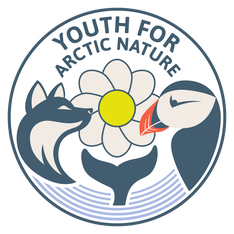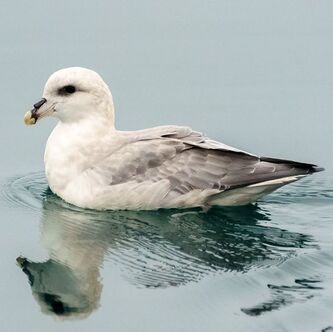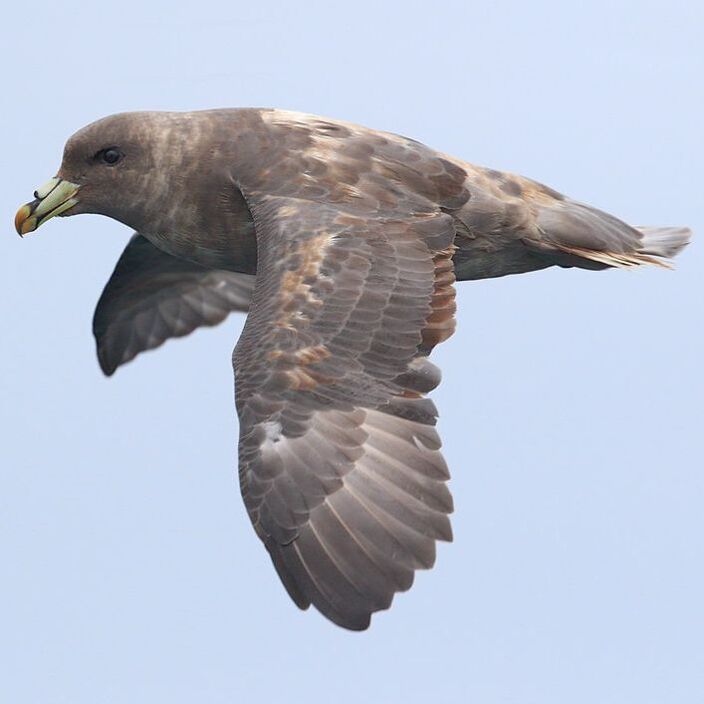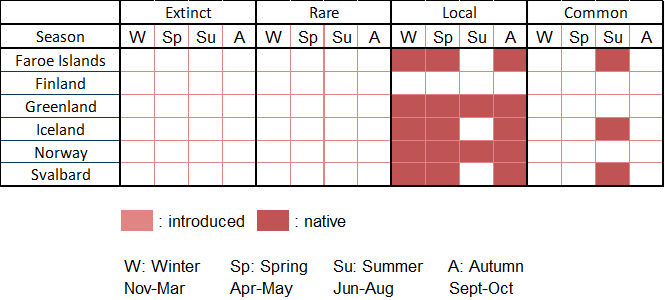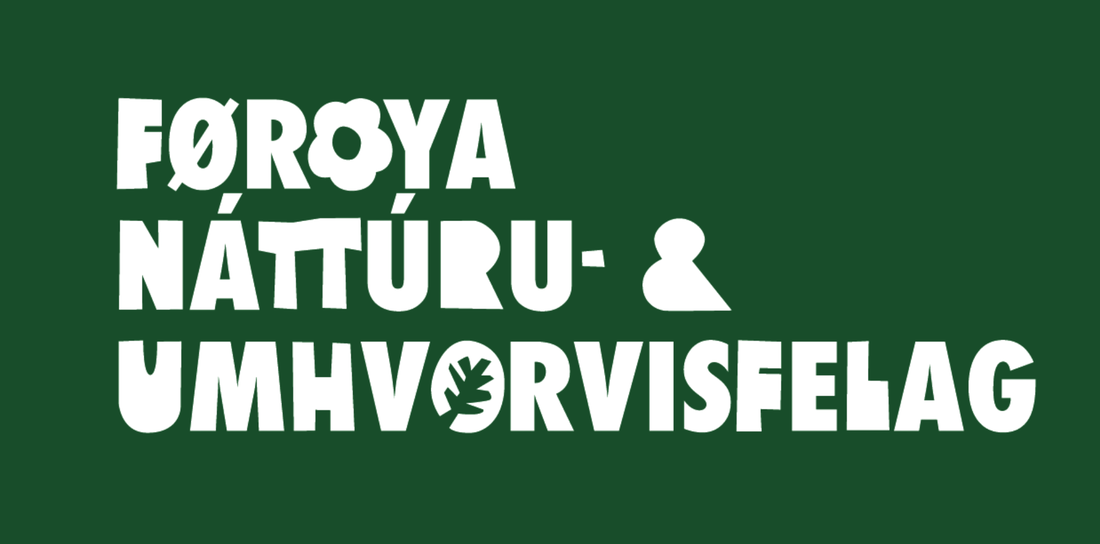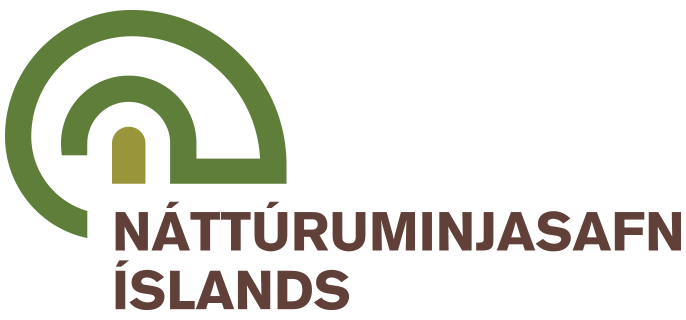|
Vulnerability: least concern (population increasing) Invasive: no Identification: medium (could be confused with seagulls) Monitoring: medium |
|
What is it? There are two morphs of Northern fulmars: the light morph, seen here on the left; and the dark morph, seen her on the right. The light morph is similar in color to a seagull, for example the Icelandic or Glaucous gulls. The size is also similar to that of a medium seagull (about 46cm in length for a wingspan of 102-112cm). However, a distinctive feature is the tube nose that characterizes petrels. |
|
Where is it? The Northern fulmar is present in the Pacific Arctic and subarctic from Japan and eastern Siberia to northern Alaska and down to the western U.S. In the the Atlantic Arctic, it is found from eastern Canada to western Siberia and down to the northeastern U.S. and northwestern France. In the East Atlantic Arctic, breeding sites include Iceland, western Greenland and a small part of eastern Greenland, Norway, the Faroe Islands, and Svalbard. It is a rare vagrant to Finland. The Northern fulamr is only seen on land during summer for breeding season, but can still be seen close to the coast in winter.
|
|
Interesting facts |
- Fulmar chicks are able to project stomach oil at predators or threats. The name fulmar actually comes from this: in Old Norse, "Fúlmár" means "foul-gull", refering to the foul smell of the oil. Here is the link showing the phenomenon: https://www.youtube.com/watch?v=ii_w8og8RXg
- In February 2014, the first Northern fulmar ever was recorded in the Southern Hemisphere, far out from its normal range. It had flown all the way to New Zealand!
- Fulmars are long-lived birds. Their lifespan in the wild is around 30 years old.
Pictures
- Cover picture: "Northern Fulmar (Fulmarus glacialis)" by RichardJames1990 is licensed under CC BY 2.0
- Presentation picture (light morph): "Northern Fulmar" by rwhgould is licensed under CC BY-NC 2.0
- Presentation picture (dark morph): "Northern Fulmar" by JulioM. is licensed under CC BY-NC-SA 2.0
References
- BirdLife International (2022) Species factsheet: Fulmarus glacialis. Downloaded from http://www.birdlife.org on 25/02/2022.
- Maynard, B.J. (2003). "Shearwaters, petrels, and fulmars (Procellariidae)". In Hutchins, Michael; Jackson, Jerome A.; Bock, Walter J.; Olendorf, Donna (eds.). Grzimek's Animal Life Encyclopedia. Vol. 8 Birds I Tinamous and Ratites to Hoatzins (2nd ed.). Farmington Hills, MI: Gale Group. pp. 123–133. ISBN 0-7876-5784-0.
- Miskelly, C. (2016). A new bird for New Zealand – northern fulmar. Museum of New Zealand. https://blog.tepapa.govt.nz/2016/03/15/a-new-bird-for-new-zealand-northern-fulmar/
